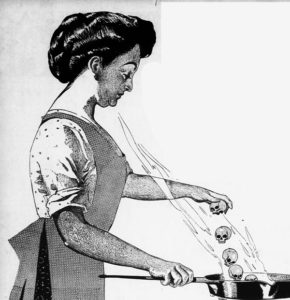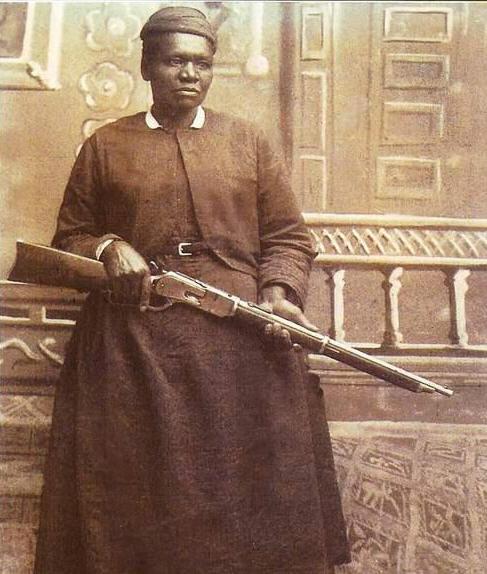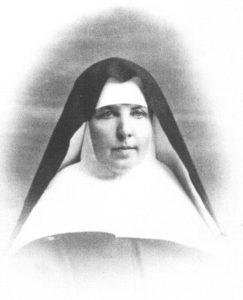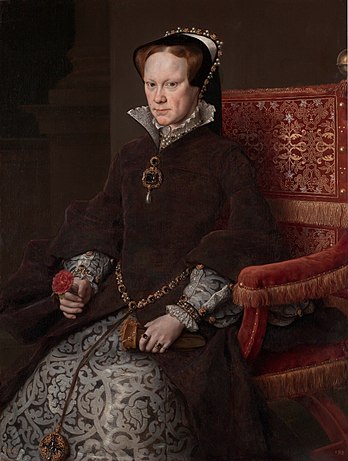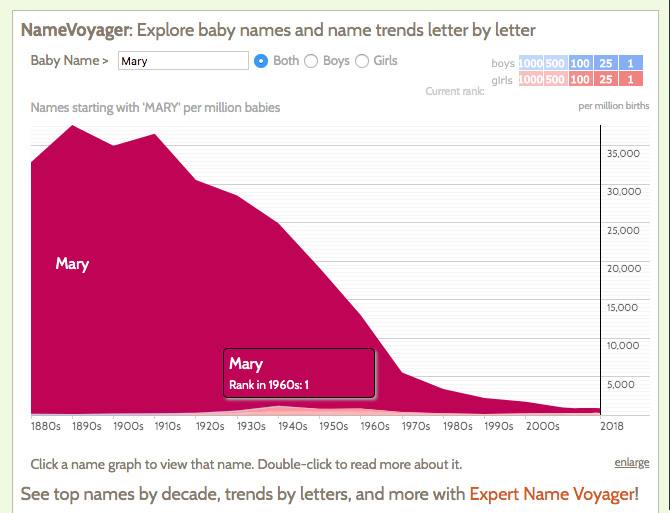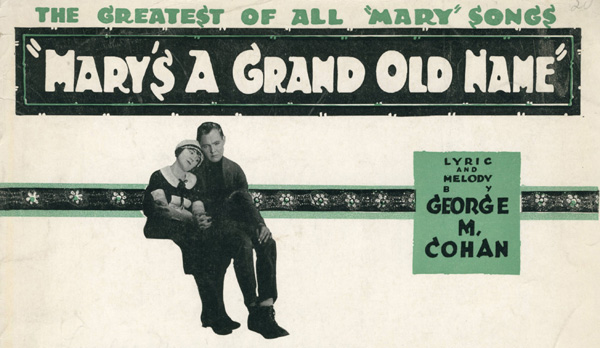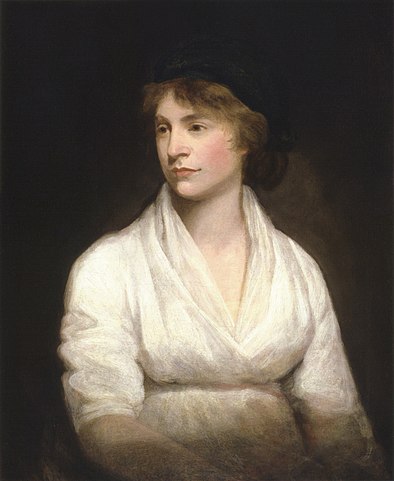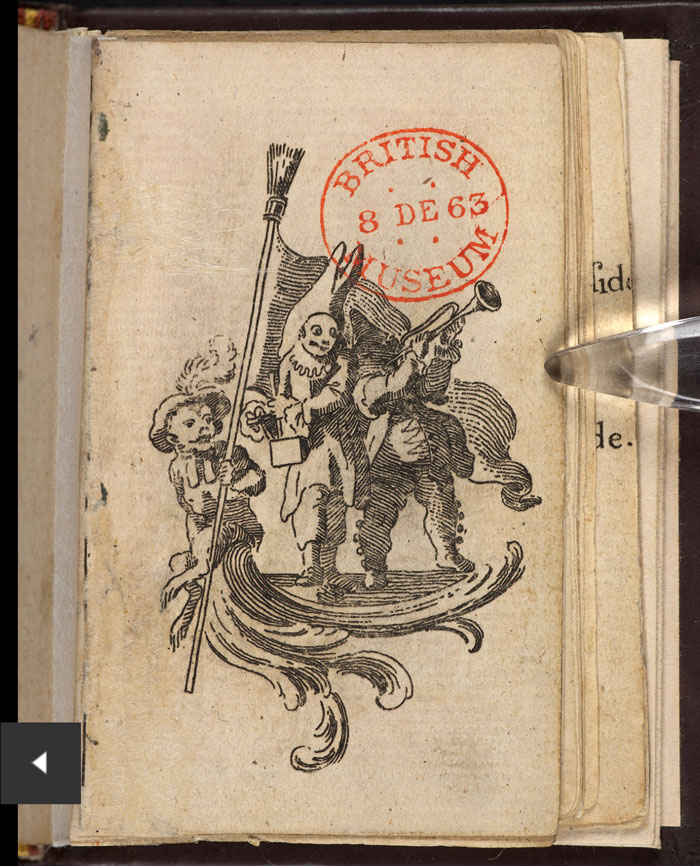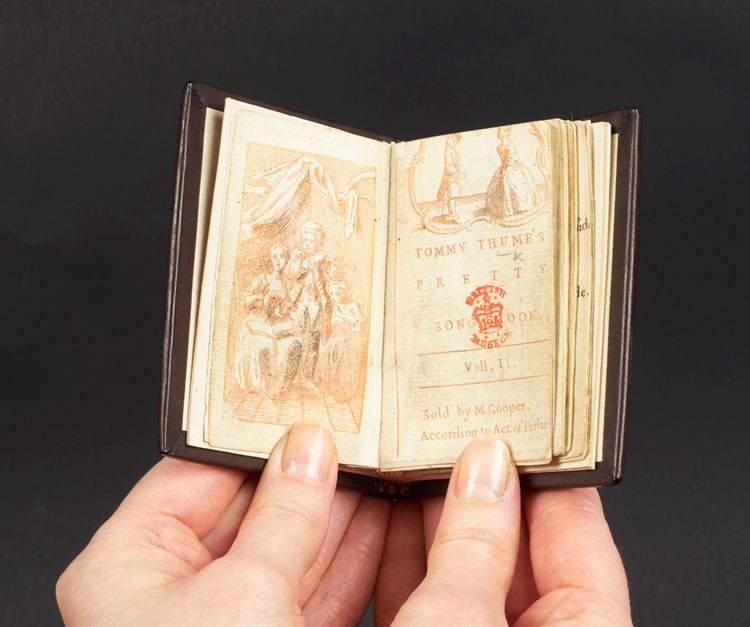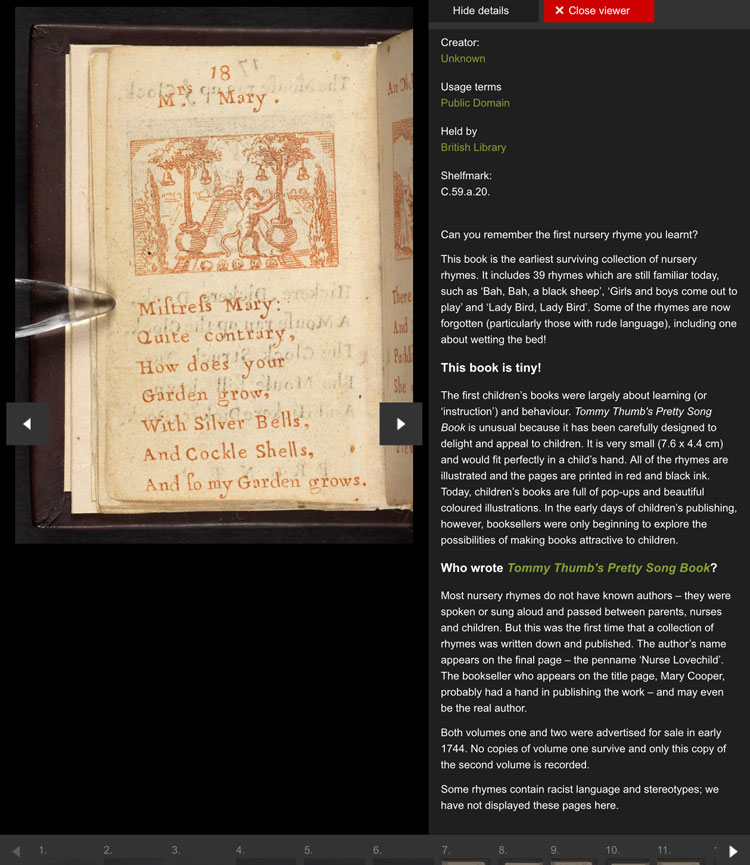Stagecoach Mary earned her reputation by becoming the second woman in the United States to become a US Postal Star Route carrier. Surviving blizzards, frostbite, wolfpack attacks, outlaws and the treacherous terrain of her 34 mile route. Her strength and determination as a woman on her own, in a territory which challenged the toughest of men, made her a wild west legend.
Mary Fields was born a slave in Tennessee in 1832. She worked in the home of Judge Edmund Dunne and his wife Josephine. When Josephine died in 1883, Mary took the family’s five children from Florida to their Aunt, the Mother Superior of an Ursuline convent in Toledo, Ohio. Mother Amadeus and Mary Fields formed a strong bond which would last their lifetimes.
Montana
In 1884 Mother Amadeus and five nuns were sent to Montana to establish a school for Native American girls at St Peters Mission. The harsh Montana winters got the better of Mother Amadeus. When word got back to Mary Fields that Amadeus was dying of pneumonia, she rushed to her side to nurse her back to health. Mary also saw that the nuns and the Mission needed her help so she decided to stay.
Mary Fields worked at St Peters hauling freight, doing laundry, established a vegetable garden, a large chicken hennery, plus tended the livestock. She helped restore the buildings and did the work of two men. Montana suited Mary. Tough as nails, she drank whiskey, smoked cigars, was a crackshot riflewoman and thrived in the free open life of the West.
She became the forewoman of St Peters. But expecting as much from others as herself, her reprimand of a disgruntled lazy suborordinate resulted in his complaint to the Bishop who had her expelled from the Mission. Mary opened a restaurant in nearby Cascade Montana. Mary’s Cafe would serve food to anyone, whether they could pay or not, which made her many friends, but eventually lead to the need to find other work.
Star Route Mail Carrier
In 1895, now 63 years old, Mary became the first African American woman Star Route mail carrier in the United States. Then, for the next eight years, never missing a day, she delivered the mail from Cascade to St Peters Mission, a 34 mile round trip. The job let her visit the Mission on a regular basis to reconnect with Mother Amadeus and the children she had grown to love. And to the people and children of Cascade the the rest of the route, she was the revered “Star Route carrier who forged through impossible elements alone”, telling fascinating tales, bringing their mail and being their connection to the outside world.
By the time she retired in 1903 at the age of 71, surviving near death experiences and the wilds of Montana, she earned her name “Stagecoach Mary”, a legend of western folklore.
Deliverance Mary Fields, First African American Woman Star Route Mail Carrier in the United States: A Montana History


